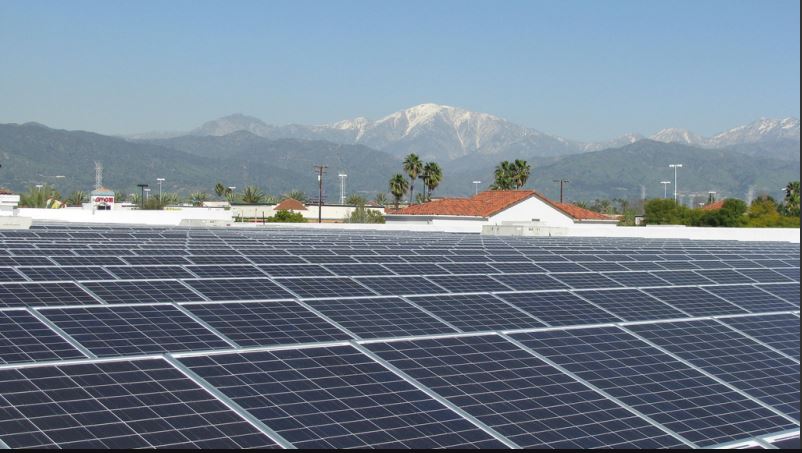The cost of gasoline and the carbon footprint of EVs could both fall in the new year.
The U.S. Energy Information Administration (EIA) expects combined electricity generation from solar and wind to exceed coal for the first time in 2024. Solar alone is expected to increase 39% from 2023 thanks to continual increases in generating capacity, according to the EIA. It’s part of a broader shift toward wind and solar that’s been underway for some time.
Offshore wind farm
And as noticed by Ars Technica, the U.S. energy mix points toward all emissions-free sources together adding to 40% of total electricity generation. This is relevant to EVs specifically because their carbon footprint keeps getting better with a greener energy mix relying more on renewable sources.
Gas prices, meanwhile, are expected to decrease in 2024. CNN reported this week that price-aggregator Gas Buddy expects U.S. gas prices to average $3.38 per gallon in 2024, down from 2023’s average of $3.51 per gallon. If that production proves accurate, Americans will spend about $32 billion less on fuel next year than they did in 2023, according to CNN.

Solar panels on a Walmart store
While drivers of gasoline cars may be in for some relief, it’s unclear if that will also be the case for EV drivers. Electricity price hikes continued through 2023 and soured the home-charging experience somewhat. Given how home charging has been a bulwark against the spotty public-charging experience, that’s not a good thing for growing EV adoption.
However, as a 2022 study showed, EVs are still much less expensive to keep “fueled” than gasoline vehicles—even when electricity gets a bit pricer and gas gets a bit cheaper.
